Disclosure: Meeple Mountain received a free copy of this product in exchange for an honest, unbiased review. This review is not intended to be an endorsement.
Earlier this year, I reviewed a game called Katmai: The Bears of Brooks River. It wasn’t bad, but it was the kind of title that was just enjoyable enough to be quickly forgotten. I liked the main mechanic, though—players use a hand of cards to create dominance at one of the seven tiles running along the middle of the board. Each player would place one of their hand cards on their side of a tile, and at the end of a round, players would score based on the tiles they won.
The artwork was exceptional, but as a design I thought Katmai was only okay. When I read the rulebook for the new Allplay title For the Emperor, I was shocked to find that For the Emperor was an even lighter version of Katmai, which itself was a riff on the Reiner Knizia game Battle Line, which is a riff on Knizia’s earlier game Schotten Totten.
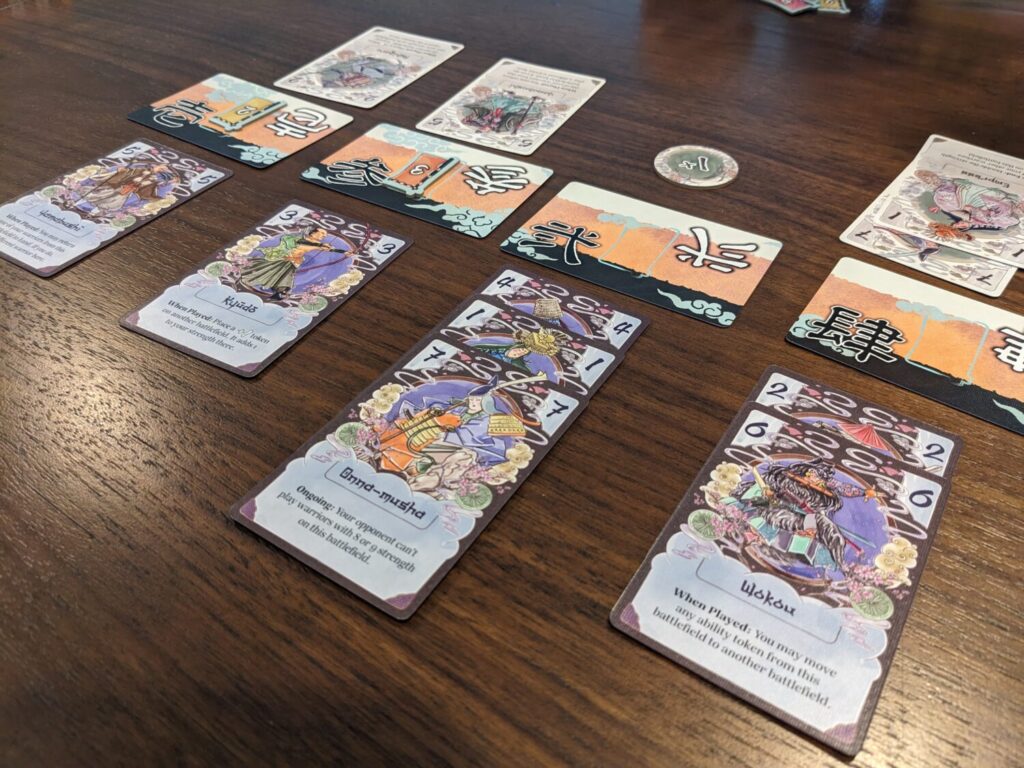
So, if you know that family of games, you know For the Emperor. Players have a deck of nine cards, with three cards in hand at any given time. Each card has a strength from 1-9, with most cards also having an ability that triggers when played or at the end of the game.
On a turn, players must place one card against their side of one of the seven battlefields on the table. A banner system limits the number of cards that can be placed against each battlefield, ranging from 1-4 cards. That means that sometimes, a player’s single card will win that battlefield, while in other cases, multiple cards will be placed before a winner is determined. Each player will eventually play eight of their nine cards, and the person who wins the most battlefields during end-game scoring is the winner. In the case of a tie, the player with the highest number left in their hand is the winner.
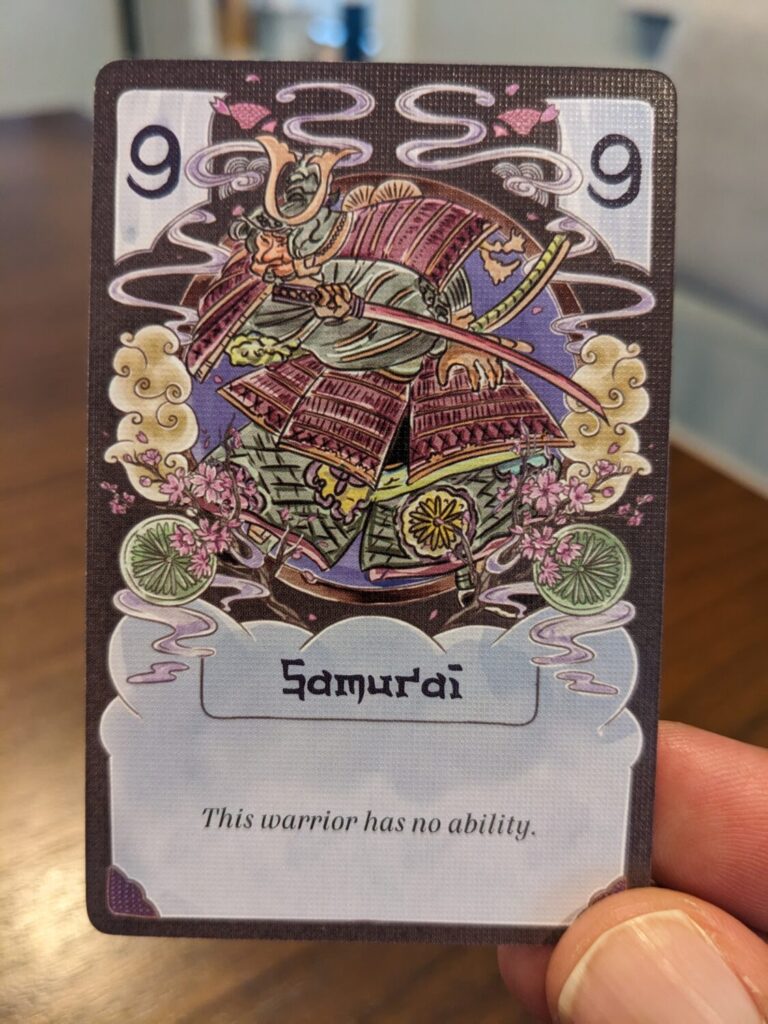
Do You Have Five Minutes?
My son and I played two games of For the Emperor back-to-back in about 15 minutes. It’s quick, and once players have the system down and understand each card’s powers, it becomes an interesting endeavor into a lightning-fast “wargame.”
Like Allplay’s other Tiny Box games, I love how fast the games set up, teach, and play. The banner system provides a very subtle nuance to the placement of soldier cards—locking up at least one of the one-banner battlefields is vital, especially if a low-strength card can be used to win a battlefield. Limiting a player’s choices to just the three cards they have in hand speeds up an already quick game, and running it back with For the Emperor is quite easy.
I don’t think the game has legs in the way that screams “my son and I will be playing this a year from now”, but as a diversion before a meal, For the Emperor is excellent. For nine dollars, it’s a great way to cram Battle Line-adjacent mechanics into a short game.



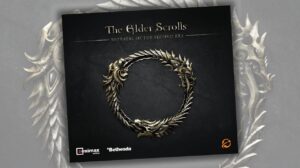

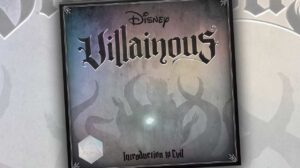



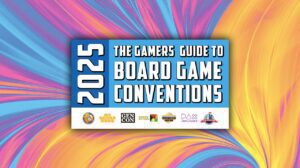

Add Comment